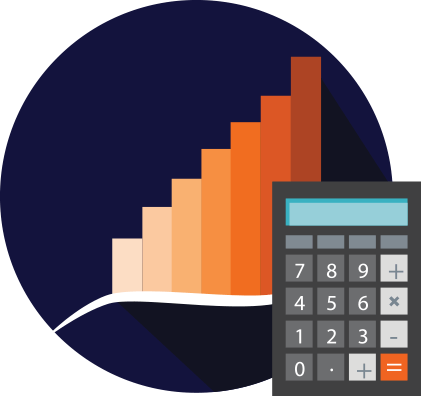Even though homeownership has been floundering a bit in recent years, there are still plenty of people interested in buying.
If you’ve decided that home ownership is the right move for you, saving up for a home down payment is probably your next money goal. It can take years to save up, but it doesn’t have to take forever. Here are X steps you can follow to reach your goal.
1. Figure Out How Much You Need for a Home Down Payment
Your first step is to determine how much money you want to put down. While the rule of thumb remains putting down 20%, the reality is you don’t have to put down that much.
Some lenders will let you put as little as 3% down, and if you get an FHA loan, you only need 3.5%. However, when you put less than 20% down, you’ll be stuck paying private mortgage insurance. Plus, the more you borrow, the bigger your total interest bill is over time.
At the very least, consider putting down 10% if 20% seems like a goal that’s too daunting.
For example, if you want to buy a home for $200,000, you’ll need $40,000 if you put down 20% and $20,000 if you put down 10%. However, if you only put down 5%, you only need $10,000.
2. Decide How Much You Can Put Toward Your Goal Each month
Next, figure out how much you can put toward your goal each month. Chances are, you’re working toward more than one financial goal at the same time. So you need to weigh the importance of saving for a home down payment against your other goals — along with their timelines.
Of course, the more you can put toward your home purchase goal, the faster you’ll be able to buy. If you decide that you want to buy a home in two years, you might need to shift some of your goals and timelines around to free up enough money. On that $200,000 house, how much you have to set aside each month for the next 24 months depends on the size of your intended down payment:
- 20% down = $1,667
- 10% down = $834
- 5% down = $417
- 3.5% down = $292
If you break out your goal into monthly payments, you know how much you need to save up.
Beware, though: Depending on where you live, home prices might rise rapidly. If you take longer than two years to save up for a home down payment, you might not be able to get the house you want. It might be too expensive.
3. Open a High-Yield Account for Your House Down Payment Goal
Once you know how much you need to save each month to reach your goal, open an account designed especially for that — just as you would with any other long-term or short-term savings goal. A high-yield account with at least 1% APY can help your money add up a bit faster, or result in a little extra for closing costs or to get things for your new house.
There are a number of high-yield accounts that don’t charge monthly fees. Many online banks allow you to earn much better rates than what you’d get at a traditional bank. Look for a bank that will let you set up an automatic transfer each month to make it easier.
It’s also possible to open an account that offers even better yields — if you can stomach a little more risk. For example, Betterment offers its SmartSaver account that has a yield above 2%. However, it’s not FDIC-insured because you’re investing in bonds.
Some people even go further and use a taxable investment account with a mix of stocks and bonds. This can be risky, though, because if the market drops just when you’re ready to buy, you might not have as much money in the account as you need.
Carefully consider the situation before you decide where to put your money, and decide how much you can risk.
4. Put Extra Toward Your Goal When You Can
Finally, make sure you put extra money toward your goal when you can. If you get a windfall, put at least some of that into your home down payment account.
Being able to reach your goal in a year, or in 18 months instead of two years, could make a huge difference in your ability to buy a house that meets your needs. The faster you get enough for a down payment, the more options you’re likely to have.
You don’t have to stop putting money toward goals like retirement or saving up for an occasional vacation, but if you decide you want to buy a home, you might need to prioritize that goal and look for ways to put money in your down payment account.

